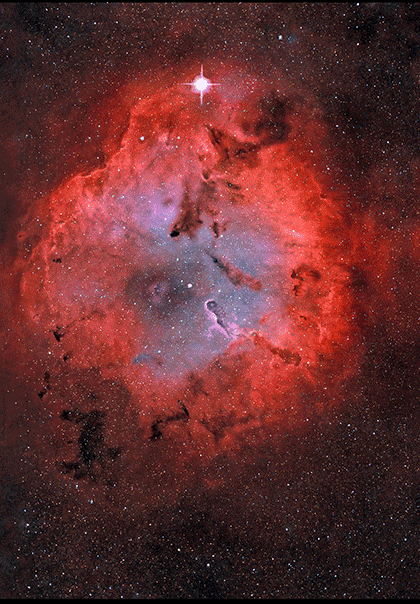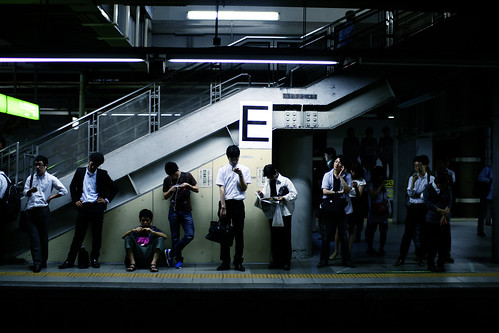Attending a photo exhibition on Sunday motivated me to take my camera with me again. Not to go out and shoot, rather just in case, for those “would make a nice photo” moments.
While commuting back from work in a half empty train on Monday, there was such a moment. This man sat in front of me and soon he tried to sleep. But although his eyes were closed, I could see he wasn’t sleeping (unlike so many Japanese commuters who just instantly fall asleep, often in the middle of checking their mails). His face looked calm and unworried. With the empty seats, I thought it would make a good image as soon as some motion through the window would contrast with his quiet looking.

Portrait of a stranger
But before that moment came, another commuter sat next to him. I spent a while wondering if I just missed the shot or if I should take both of them anyway. I liked his face and kept staring at him, after he gave up on sleeping, waiting for an eye contact so I could take his portrait.
That moment didn’t come either. Finally I took my camera and aimed anyway. After a few seconds, I pressed the button.
He looked at me, and smiled.
(The photo is as-is, out of the camera, without any post-treatment of any kind.)



